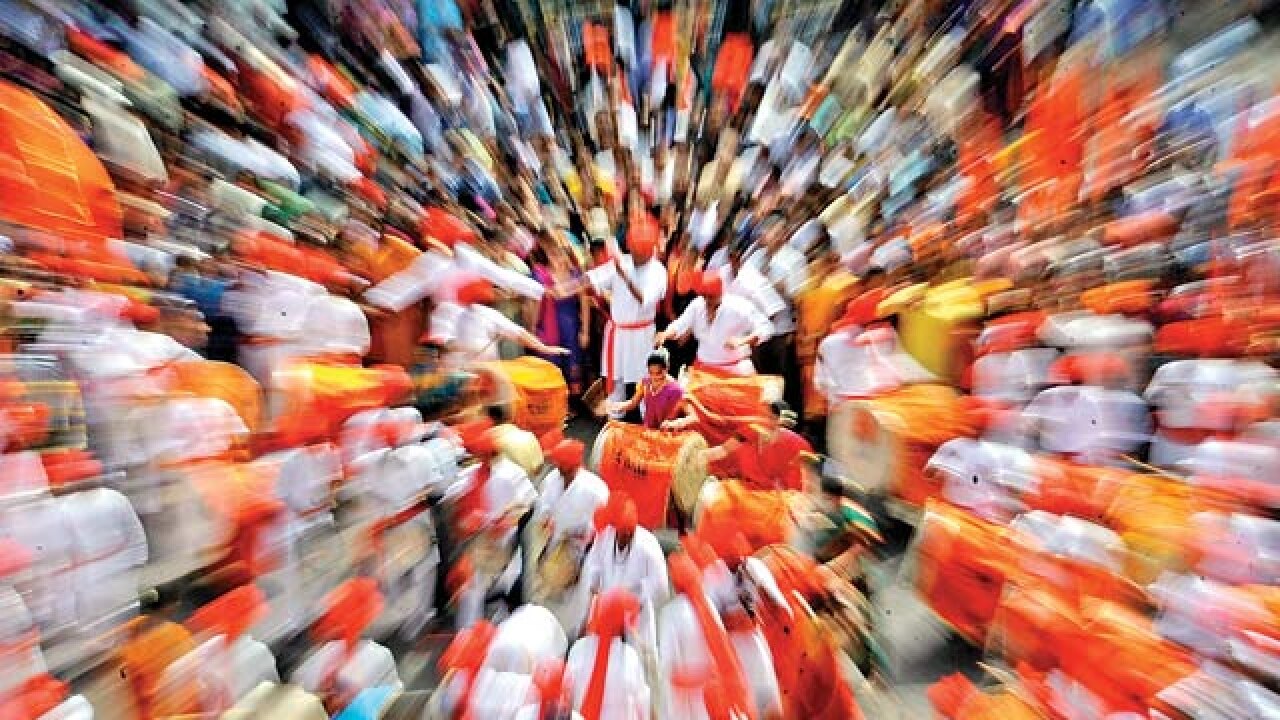
The Srirangam temple, the core Vaishnava peetham, has a small shrine next to the Arjuna mandap even today devoted to ‘Tulaka Nachaiyar’, or ‘the Dancing Muslim Princess’. Daughter of an invading Mughal turned devotee of the presiding deity, she is said to have collapsed at the door. To respect her sentiments, an idol was not erected. She is worshipped with North Indian butter rotis and sugar. This too is ‘Hindutva’, and just one example of it.
The Hindus have been saying it till the cows came home, that Hinduism is not a religion, but a way of life. Characterised by a distinctly non-Abrahamic core, which means that unlike Judaism, Christianity and Islam, the three other major religions of the world, it does not trace from the lineage of Abraham, and does not follow a central godhead, has no single book, no only way to perform rituals, and maintains its continuum as an expansive way of thinking, living and being unique to India and all its pre-colonial geographical boundaries.
The Hindus are the original pagans. They worshipped the elements, sun, fire, wind, earth and air. Sanjeev Sanyal in his book Ocean of Churn traces many similarities between Zoarastrianism and core Hinduism and the paths it travelled to become a pagan festival in Europe, now turned into Christmas. Worship was neither enforced nor were a people converted. Organic and based on sound, its body of knowledge that spread today comprises everything from music to mathematics to the human body and the human mind, consciousness, metaphysics, grammar and beyond. The adherence to this philosophy is ‘Hindutva’, today a word that has been dragged through the mud of political scheming, defamed by followers on either side of a ethically-bankrupt landscape. Where the worship of everything from cows to weapons and trees was a ritual of pagan gratitude for services received, today it has become co-opted into party ideology. Where a pantheon of gods was indicative that no one size fits all, words like ‘idol worship’ were raised. And the term ‘bhakt’ has moved from a path to direct access to the divine, removing the tyranny of the middleman intervention — a movement that fired devotees to break through man-made caste systems, immortalised in legends such as that of Kanakadasa at the Udipi Shri Krishna temple — to a sneer levelled at ordinary citizens based on their political choices, or on an assumption of them. The Hindu has been on the defensive since 1993 for political actions that co-opted his religion and demonised it for him.
So when the Supreme Court refused to further that polarised argument, dismissing Teesta Setalvad’s petition, dubbing it instead a way of life, and separating the threads between church and state, a whole majority that has been unable to speak in its defense breathed a sigh of relief. The way of life can go back to being a living philosophy again.